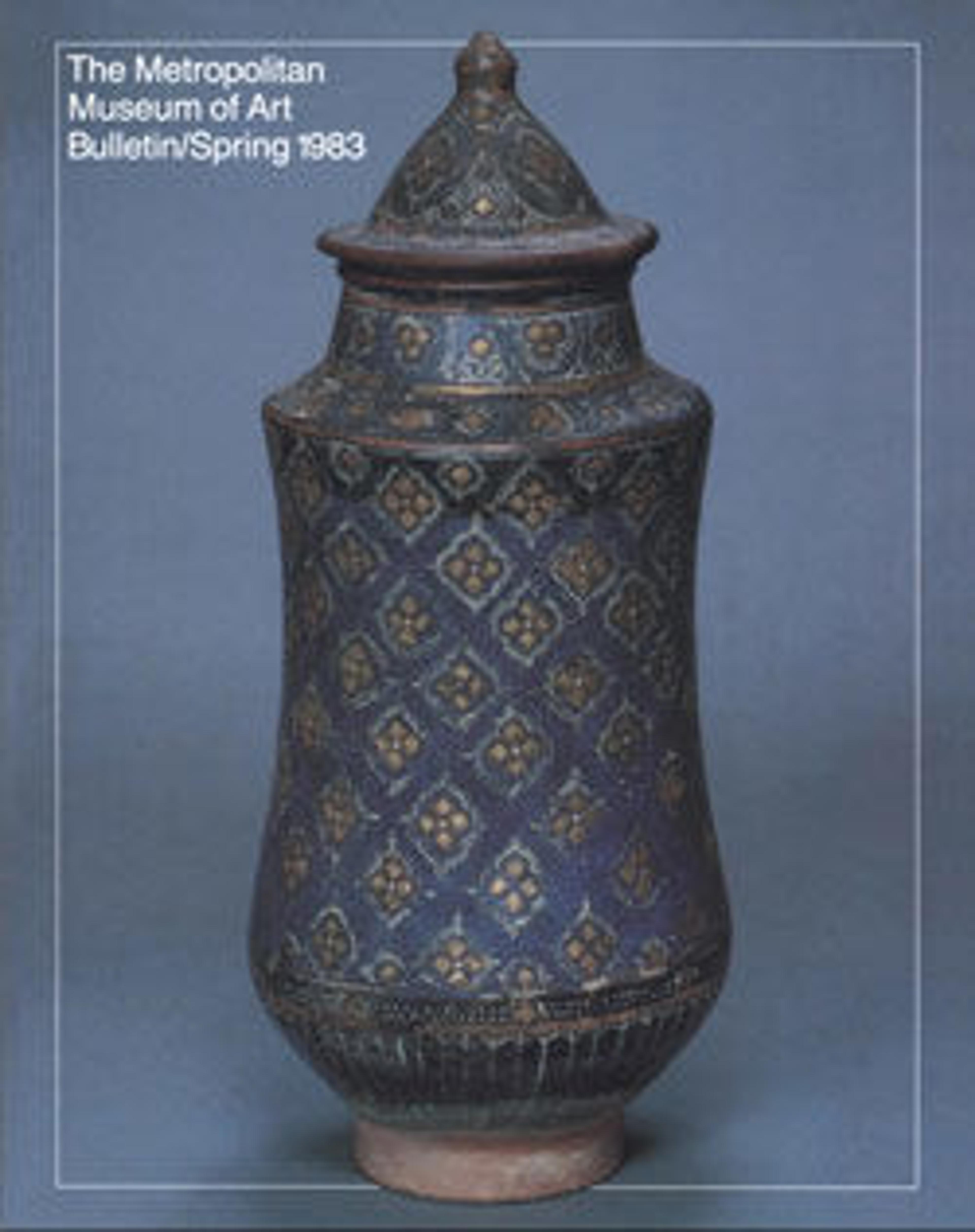Dish
The white‑bodied stonepaste introduced into Syria by potters from Egypt after ca. 1075 was a perfect medium for this technique, which involves carving the body in a way that prevented the colorants from running into each other. Formerly attributed to Iran, recent evidence suggests instead a Syrian origin for this so‑called Laqabi ware.
Artwork Details
- Title:Dish
- Date:12th century
- Geography:Made in Syria
- Medium:Stonepaste; carved, incised, polychrome painted under a transparent glaze (Laqabi ware)
- Dimensions:H. 1 5/8 in. (4.1 cm)
W. 7 7/8 in. (20 cm) - Classification:Ceramics
- Credit Line:Purchase, Gifts in memory of Richard Ettinghausen, 1979
- Object Number:1979.210
- Curatorial Department: Islamic Art
More Artwork
Research Resources
The Met provides unparalleled resources for research and welcomes an international community of students and scholars. The Met's Open Access API is where creators and researchers can connect to the The Met collection. Open Access data and public domain images are available for unrestricted commercial and noncommercial use without permission or fee.
To request images under copyright and other restrictions, please use this Image Request form.
Feedback
We continue to research and examine historical and cultural context for objects in The Met collection. If you have comments or questions about this object record, please contact us using the form below. The Museum looks forward to receiving your comments.
